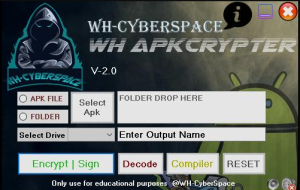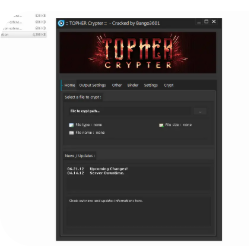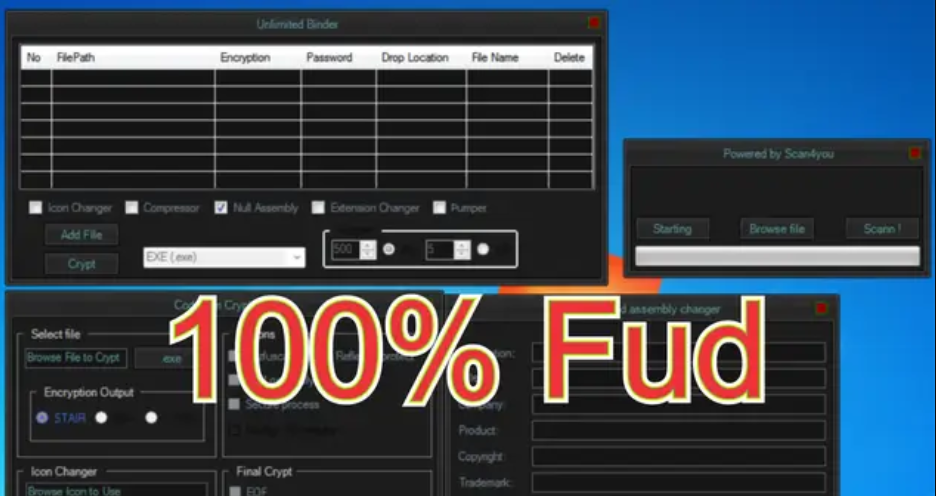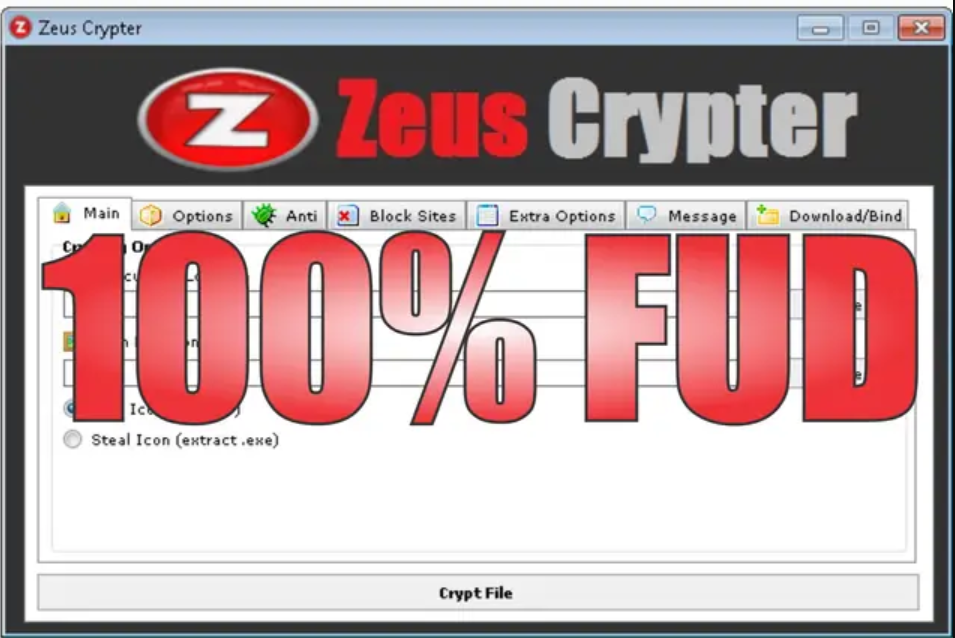
Visual Protector 0.5
In modern cyberattacks, tools like Visual Protector 0.5 play a significant role in bypassing security measures and delivering malicious payloads. These tools are often used by threat actors to evade detection, making them a persistent challenge for cybersecurity professionals. By leveraging obfuscation, encryption, and other evasion techniques, such tools enable malware to infiltrate systems undetected, often leading to data theft, ransomware deployment, or further network compromise.
Visual Protector 0.5 is a software protection tool commonly used to obfuscate and encrypt executable files, making them difficult for antivirus programs to analyze or detect. Malware authors typically employ it to shield their malicious code from reverse engineering and sandboxing techniques. While it has legitimate uses in software protection, its misuse in cyberattacks has made it a notable tool in the threat landscape.
Download Link 1
Download Link 2
Download Link 3

Key Features
| Feature | Description |
| Code Obfuscation | Scrambles code to hinder static analysis. |
| Encryption | Encrypts payloads to avoid signature-based detection. |
| Anti-Debugging | Detects and prevents debugging attempts. |
| Polymorphism | Alters code structure with each execution to evade detection. |
| Payload Injection | Embeds malicious code into legitimate processes. |
| Sandbox Evasion | Checks for virtualized environments to avoid analysis. |
How Visual Protector Works
The software operates by applying multiple layers of protection to an executable file. First, it obfuscates the original code, restructuring logic and inserting junk instructions to confuse static analysis tools. Next, it encrypts critical sections of the file, decrypting them only at runtime to prevent detection by signature-based scanners.
To further evade analysis, the software employs anti-debugging techniques, such as checking for attached debuggers or delaying execution in monitored environments. Polymorphic capabilities ensure that each generated instance appears unique, bypassing traditional hash-based detection.
For payload delivery, the software may inject malicious code into trusted processes (e.g., explorer.exe or svchost.exe) using process hollowing or DLL sideloading. This allows the payload to execute under a legitimate process, reducing suspicion. Additionally, it may use environmental checks to avoid sandboxes, ensuring it only runs on intended targets.


